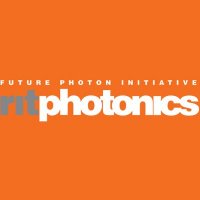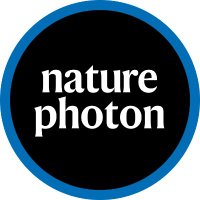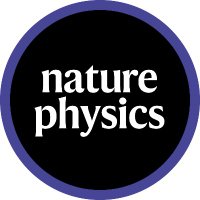
RIT Photonics
@ritphotonics
The Future Photon Initiative is the face of photonics at the Rochester Institute of Technology
ID: 781931875753336833
http://www.rit.edu/fpi 30-09-2016 19:01:01
3,3K Tweet
1,1K Followers
919 Following

Dr. Linte and researchers from Imaging Science Kate Gleason College of Engineering Vanderbilt University & Mizzou developed a method that aligns 3D liver scans more accurately during surgery, even when only part of the organ is visible, improving surgical guidance and reducing errors ieeexplore.ieee.org/document/11054…

Via #OPG_Optica: Extended monocular 3D imaging via the fusion of diffraction- and polarization-based depth cues opg.optica.org/optica/fulltex… #DiffractiveOpticalElements #3DImaging Tsinghua University


Ben Zwickl and researchers from CU Boulder 🦬 interviewed faculty from 15 institutions and identified key challenges and strategies for improving quantum education programs to better align with industry needs and strengthen the workforce arxiv.org/abs/2507.01578… College of Science at RIT arXiv.org


Dr. Bhattacharya and researchers from IIT Guwahati and 明治大学 developed a way to observe key quantum behaviors in a ring-shaped cloud of atoms using light, potentially advancing quantum technologies and measurement standards arxiv.org/abs/2507.01188… College of Science at RIT arXiv.org


Researchers from Universität Münster Heidelberg University CNR Consiglio Nazionale delle Ricerche Leibniz Uni Hannover University of Oxford University of Exeter explored how using multi-dimension photonic processing systems can drastically improve computing speed and efficiency compared to traditional electronic methods nature.com/articles/s4225…

Via #OPG_OPTCON: Mass spectrometry and laser absorption spectroscopy instrumentation for characterization of carbon phenolic composites pyrolysis bit.ly/4nE10J5 #TunableLasers #AbsorptionSpectroscopy UT Knoxville



Researchers from UC Berkeley Boston University Northwestern built a quantum system using standard computer chip technology that can create and control quantum light particles reliably by adding built-in electronics to keep everything stable nature.com/articles/s4192… nature U.S. National Science Foundation



Researchers from Beijing Institute of Technology Nanjing University & RMIT University developed an optical structure that can dynamically control how it interacts with circularly polarized light, opening up new possibilities for advanced imaging, displays, and sensors nature.com/articles/s4146… nature

Researchers from University of Southampton Microsoft & Sapienza Università di Roma developed a new way to control how light moves through special optical fibers, allowing ultra-fast switching and routing of signals for future optical computing and communication systems nature.com/articles/s4146… nature

Researchers from EPFL ESA Technology & TNO Nieuws developed a framework to help design better laser sources for LiDAR systems by analyzing the trade-offs between important laser characteristics like signal clarity and speed, aiming to improve performance nature.com/articles/s4146…



Researchers from Boston University UC Berkeley & Northwestern built the first silicon chip combining photonic, electronic, and quantum components, producing stable particles needed for quantum computing while keeping everything perfectly tuned scitechdaily.com/worlds-first-h… Nature Electronics

Faculty in RIT’s College of Science at RIT are not only advancing the frontiers of scientific and mathematical knowledge. They are also dedicated teachers, researchers, mentors, and servant leaders, shaping the next generation. As recognized leaders in their fields, our faculty consistently


Researchers from University of California Los Alamos National Laboratory & Florida State University discovered a quantum state where electrons and holes with opposite spins pair up to form a “spin-triplet excitonic insulator” showing unusual electrical behavior under strong magnetic fields journals.aps.org/prl/abstract/1…


